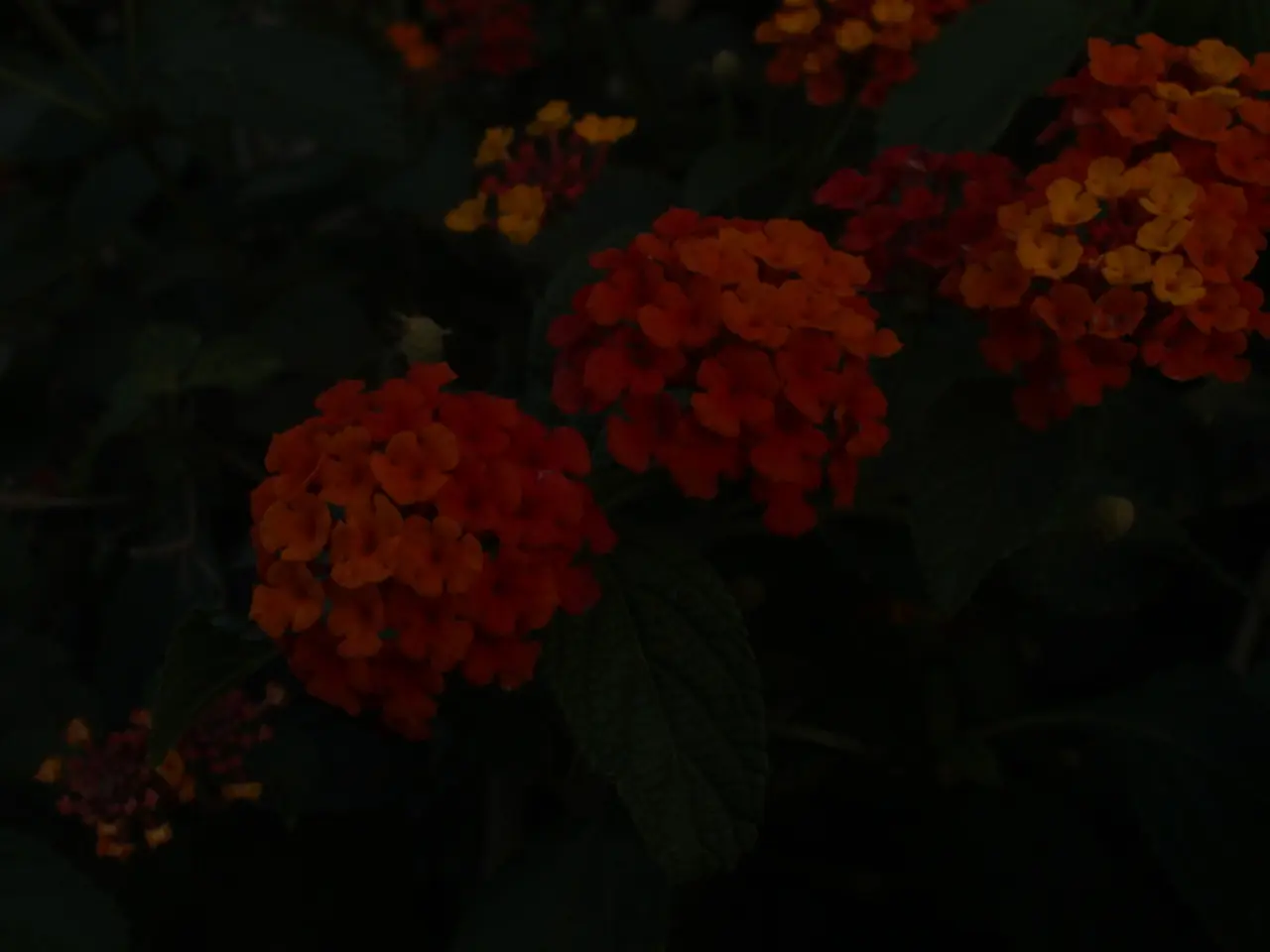Embracing Native Species for Eco-Friendly Gardening: A Look at Their Impact and Benefit
In the realm of horticulture, a growing movement is championing the use of native plants in gardens and outdoor spaces. Native plants, which are naturally adapted to local environments, offer a myriad of benefits that extend beyond their aesthetic appeal.
Firstly, native plants are designed to attract local pollinators such as bees, butterflies, and hummingbirds. By providing a rich source of nectar and pollen, these plants play a crucial role in the pollination process, ensuring the reproduction of a diverse range of local flora.
Secondly, native plants support a variety of local wildlife, providing food and habitat for insects, birds, mammals, and other organisms. They offer shelter and breeding grounds, forming the foundation of a diverse ecosystem.
For instance, switchgrass (Panicum virgatum), a native North American grass, not only provides winter interest and soil stabilisation, but also serves as a natural habitat for wildlife. Similarly, the Eastern Red Columbine (Aquilegia canadensis), native to Eastern North America, produces delicate red and yellow blooms, while the Black-Eyed Susan (Rudbeckia hirta) thrives in many North American regions, offering a cheerful yellow presence.
California Poppy (Eschscholzia californica), a bright orange, drought-tolerant poppy, is ideal for sunny, dry locations, providing a unique beauty that enhances the visual appeal of outdoor spaces.
In the northeastern United States, Black-eyed Susans (Rudbeckia hirta) and Butterfly weed (Asclepias tuberosa) are excellent choices for supporting pollinators and wildlife. Meanwhile, in California, particularly Fresno County and San Diego, plants such as the Golden berry Toyon, Penstemon species, Golden and apricot chiffon poppies, Manzanita, Salvia species, California lilac (Ceanothus), California fuchsia, San Diego sunflower, Narrowleaf milkweed, Asters, Monkey flowers, and Wooley blue curls can be found thriving in local landscapes.
Native plants are not only beautiful and beneficial for local biodiversity, but they are also more resilient to local weather conditions and climate variations. Their deep root systems improve soil structure and enhance nutrient cycling, contributing to a well-functioning ecosystem by enhancing soil health, improving water retention, and reducing erosion.
Moreover, native plants generally require less maintenance due to their adaptation to the local environment. They are less susceptible to local pests and diseases, reducing the need for chemical pesticides.
By establishing native plant communities, gardeners can outcompete invasive plant species that often disrupt local ecosystems. This practice not only supports local flora and fauna but also promotes sustainable gardening practices.
In conclusion, incorporating native plants into gardens and outdoor spaces not only enhances the visual appeal but also plays a significant role in supporting local biodiversity and preserving local ecosystems. By choosing to plant native species, gardeners can contribute to a more sustainable and resilient environment.
Choosing native plants, such as switchgrass (Panicum virgatum) or California Poppy (Eschscholzia californica), for home-and-garden and gardening projects not only adds to the lifestyle aesthetic but also supports sustainable-living practices by attracting local pollinators and wildlife, improving soil health, and reducing the need for chemical pesticides. Furthermore, continuous cultivation of native plant communities can encourage the suppression of invasive plant species, thus promoting a healthier and more resilient ecosystem.




